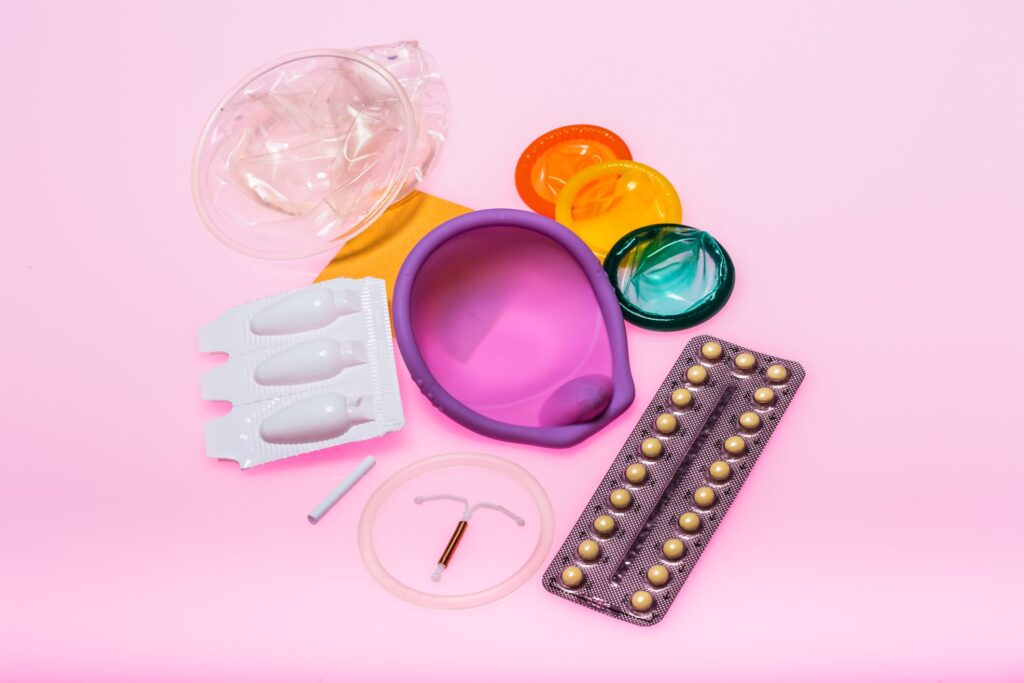Each year National Women’s Health and Fitness Day is celebrated on the last Wednesday in September. This year, the special day lands on September 29th. It’s a great excuse to take some time for yourself and to focus on living a healthy lifestyle. Keep in mind, living healthy is not just about physical activity, it’s […]
Category: Womens Health
Communities of Women: How They Help Physical and Mental Health
For women, friendships with girlfriends aren’t just good for the mind, they’re also good for the body. Women are empowered physically and mentally by their bonds with other women. Girlfriends lend an ear when times are tough. When advice is needed without criticism or judgment, a girlfriend can be the biggest support. Even […]
Proud Partners of the Wyoming Breast Cancer Initiative
Did you know that Cheyenne OBGYN is a proud partner of the Wyoming Breast Cancer Initiative? For many years, Cheyenne OBGYN has joined forces with the WBCI to make breast cancer prevention more accessible in rural Wyoming. The Wyoming Breast Cancer Initiative was established in 2016 and has been at the forefront of creating easier […]
Preconception Health: Planning for a Pregnancy
It’s always necessary to take care of your health, but if you’re planning on having a baby, there are important steps to take in order to protect the health of both yourself and your future newborn. Preconception health refers to a woman’s health before she becomes pregnant. By being proactive with your health planning, you […]
Postpartum Depression is More Than “Baby Blues”
Postpartum depression is a common but serious condition. Many parents may want to deny it because it’s not what they expected after the birth of a child. However, it does occur—in mothers and fathers alike. Postpartum depression might occur because the childbirth experience didn’t live up to expectations, or simply due to the fact that […]
All About Osteoporosis
An estimated 10 million people age 50 years and over in the United States have osteoporosis. Osteoporosis is a disease that causes a person’s bones to become thin and weak, resulting in a higher likelihood of fracture. The illness affects more women than men due to decreasing testosterone levels in the female aging process. As […]
Family Health and History: Why It’s Important
Your family genes give you more than just your physical looks. You may have your mom’s blue eyes, but if your mom has a health condition, she may have also passed on an increased risk of you getting that same condition. Many health issues such as heart disease, diabetes and cancer tend to be passed along to children and even grandchildren. It’s important to become familiar with your […]
How to Perform a Self-Breast Examination
According to Johns Hopkins Medical Center, “40 percent of diagnosed breast cancers are detected by women who feel a lump.” Establishing a regular breast exam routine is very important and can help detect breast cancer early. Women should do a self-breast exam once every month. Consistent breast exams can help detect the presence of a lump, and also alert you to anything that may not feel […]
The 411 on Contraception: What You Need to Know
Contraception has become a big part of both women’s and girls’ health. Birth control, also known as contraception, is designed for a multitude of reasons. It can aid in prevention against pregnancy, help regulate and alleviate periods, aid in hormone balance, as well as clear up skin problems. Medline Plus explains that one type of birth […]
What to Consider Before Getting a Hysterectomy
Just like any surgery, a hysterectomy is never anything that should be considered lightly. A hysterectomy is the surgical removal of the uterus (womb). Depending on the circumstances, doctors may remove the ovaries and fallopian tubes, too. It is a surgery that is irreversible and results in the end of a woman’s menstrual cycle as well as her ability to conceive a child. In […]










